The meaning and origin of dragon motifs in accessories
Dragon motif that combines evil and holiness
Dragons and dragon emblems, which are popular in accessories, antique jewelry, and coats of arms, are motifs that have different impressions in the East and the West.
In the West, dragons are generally depicted as demons from a Christian perspective, spreading disease and demanding human sacrifices, and altarpieces depicting Saint George slaying the dragon are particularly famous.
In recent years, street accessories have often been designed to take advantage of this devilish image, giving off a tough impression.
However, in the West, dragons are not only seen as devils; they are also sacred beings, such as the red dragon "A'Zulaig Goch" that appears on the Welsh flag, which serves as a symbol of the nation.
Dragons are sacred beings in the East
In the East, dragons are depicted as very sacred beings.
Since ancient times, dragons have been worshipped in China and other parts of East Asia as sacred beasts symbolizing the energy of nature, and have been recognized as gods, including water gods.
In China, its authority as a god was used as a motif to demonstrate the authority of the emperor, and there are some memorable stories about it, such as the "five-clawed dragon."
Depending on the era, dragons other than those with two horns and five claws may be considered to be non-dragons.
In Japan, they are worshipped as water gods, and during the Edo period, when fires were common, they were used as designs in temple and shrine architecture, and were also frequently used as auspicious motifs on dyed textiles.
Where did the dragon decoration come from?
The dragon design is said to have originated from designs that were brought to Europe from various parts of the ancient Orient and Sassanid Persia.
When Rome conquered modern-day Romania, the military flag of the Dacian legions in Romania at that time was called "Draco," and it is believed that this was adopted as the Japanese flag and spread to various parts of Europe.
It seems that originally it was designed to be a snake-like creature without arms or legs, but as it spread the design changed and became a dragon with arms and legs.
In Northern Europe, it became a symbol of ethnic groups, such as Wales, where Vikings used it on the bows of their ships.

